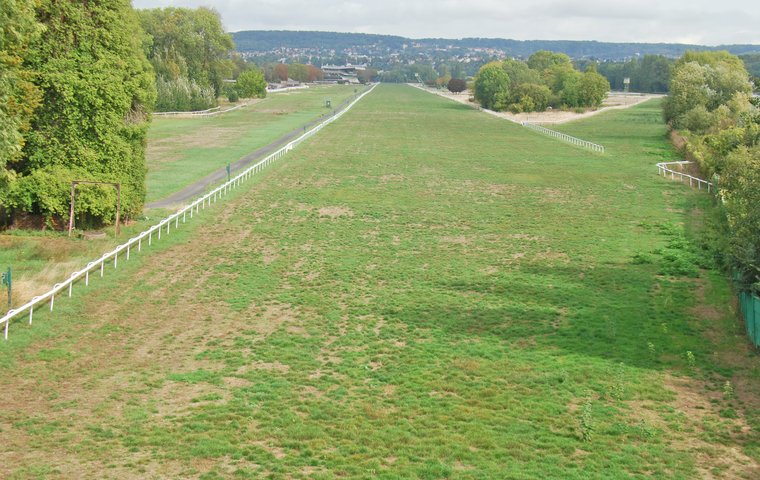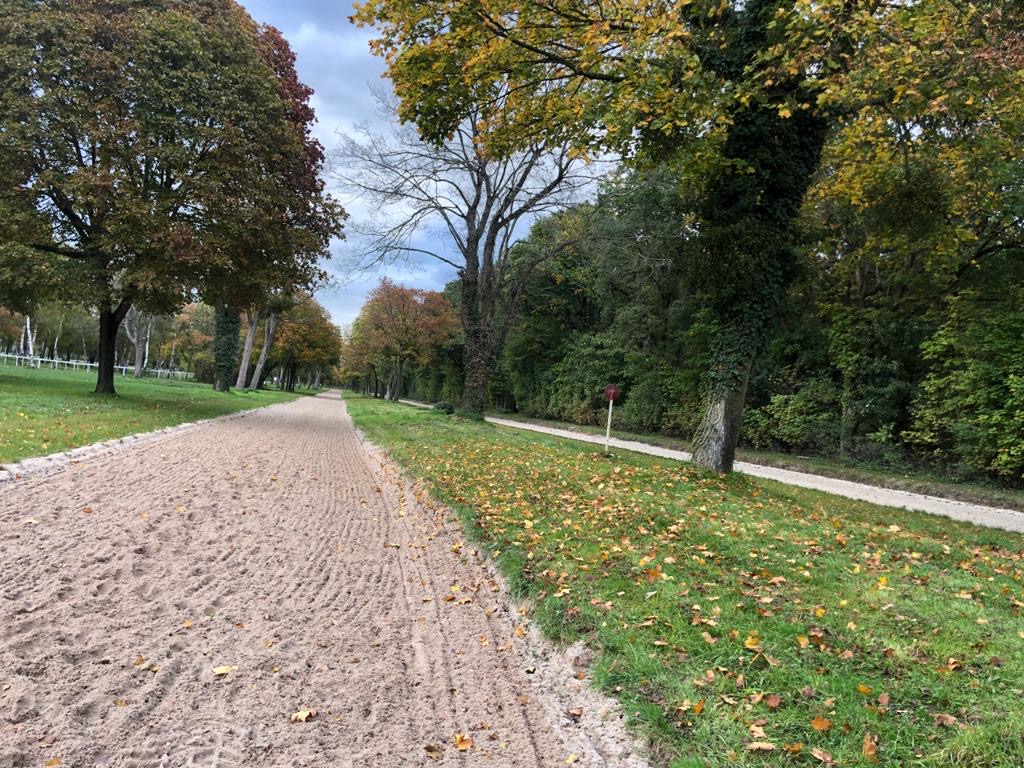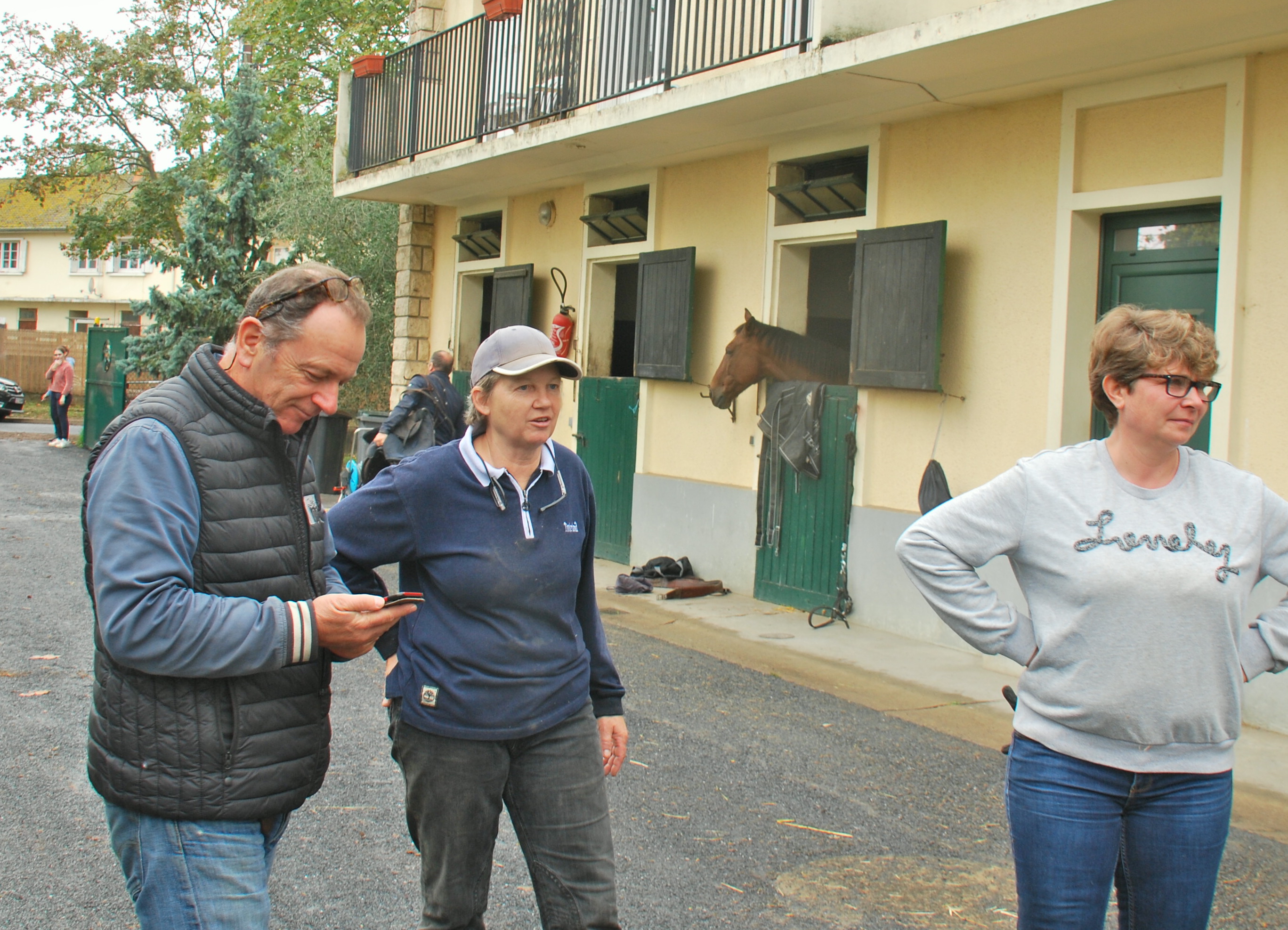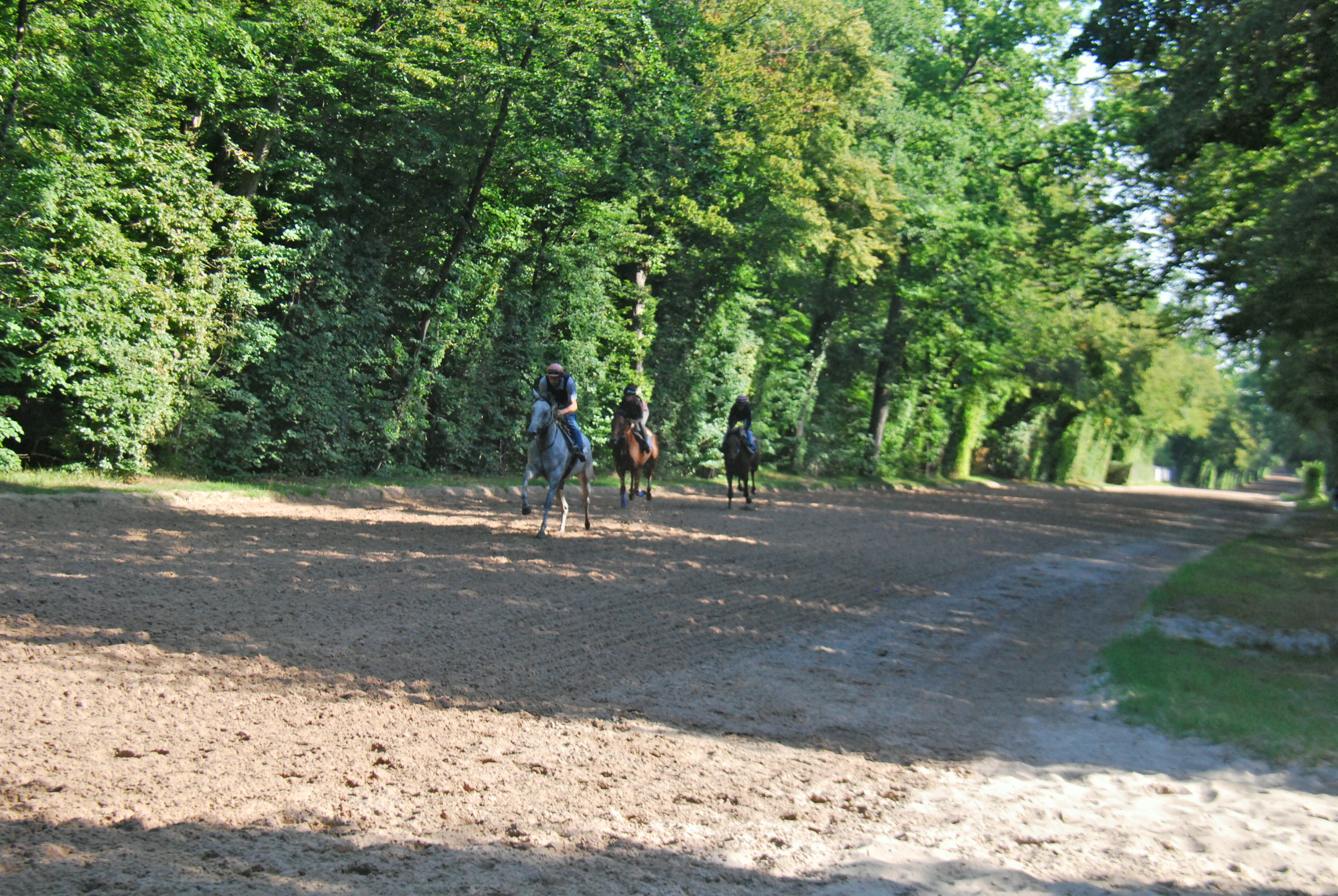
It’s two years since France Galop shocked the racing community by announcing that historic Maisons-Laffitte racecourse to the west of Paris would close at the end of 2019 as part of a cost-saving exercise, which also included reducing the adjacent training centre because of the diminishing number of horses in training.
Since then, local mayor Jacques Myard has been trying to get the course reopened by having a private company set up to take over the day-to-day running, similar to one operating successfully at Clairefontaine near Deauville. However, the Covid pandemic has brought real problems for that idea.
Despite the prospect of no racing at Maisons-Laffitte in 2021, for the second year running, Myard is still hopeful the course will reopen eventually under a private operator. “We continue the negotiations with France Galop to find some solutions,” he said. “France Galop wants to move forward, and I have high hopes of getting there. At this stage, I cannot tell you more, but we are not giving up.”
Maisons-Laffitte racetrack, which opened in 1878, had been under the threat of closure for many years. The track and training area are intrinsically linked, and it is this uncertainty that has been one of the main reasons why the number of horses in training has fallen by around 200 to the current 500 in the past eight years alone, with just 35 trainers operating.
Currently, the turf track, with its unique 2,000-metre straight, is in a poor state, looking as though it has been neglected since its last meeting a year ago.
Closing Maisons-Laffitte has meant other Parisian racetracks becoming overused. The closure seems to make little economic sense as France Galop, which owns it, cannot sell it for financial gain as it is so close to the Seine and as a consequence is a flood risk.
However, France Galop has downsized the training gallops at Maisons-Laffitte and invested €1.5 million to modernise, and that makes sense. It has been a necessity for some time. The previous gallops were designed to cater for up to 2,000 horses, and there haven’t been that many for half a century!
“Even if it’s heartbreaking for most of the local trainers, the economical situation had to be taken into account and the restructuring of the training gallops is the result of months of discussions between France Galop and the trainers,” said Veronique Bertran de Balanda, wife of Maisons-Laffitte trainer Bertran de Balanda. “They all had to change their habits, but the majority of them agree that the quality of the gallops is very good, even though some adjustments on the size and the watering had to be done. Nothing can be more meaningful than the results of Maisons-Laffitte trainers these last months on the flat and over obstacles.”
Jumps trainer Yan Fouin has won 22 races to date this year and €799,000 in prize money, plus breeders’ premiums. On the flat, Gianluca Bietolini captured the G3 Prix de Flore at Saint-Cloud on October 24 with Grand Glory.
Bietolini does not feel complaints about the state of the gallops are justified. “Each time any training gallops are renewed, there is a period of establishment, which is quite normal” he said. “Additionally, the unprecedented health crisis that hit us all, the reduced staffing plus the heat wave with the absence of rainfall for several months, significantly made the period of establishment much longer.”
He added, “With the onset of the rain, we were finally able to see a significant improvement in the quality of the training gallops, and we now have the best training area in terms of excellent drainage.”
Bietolini is confident the training centre has a future and that discussions concerning the racecourse will be positive. “The trainers’ negotiations with France Galop have demonstrated France Galop’s desire to see the sustainability of the training centre through the investments they have made, and the hope that the racecourse will re-open again is very strong,” he said.
However, American Gina Rarick, who took out a public training licence in France in 2008, is one of several trainers that have recently decided to go elsewhere, and she has set up shop in Lamorlaye, near Chantilly just north of Paris, since the beginning of October.
“I first started as a permit holder, renting boxes at Alain Bates’s stable in Maisons-Laffitte, which was right across the street from my house,” she said.
“When I left journalism and took out a public licence in 2008, I stayed at the yard until 2016, when we bought a yard from France Galop in Maisons-Laffitte. Talk that France Galop wanted to shut down Maisons-Laffitte had been going on for decades, and there were definitely signs that it would eventually happen.
“The prices of the yards being sold by France Galop were far below market value, which is why I and my husband Tim bought one. We knew the future wasn’t bright, but the prices were so cheap that we had hoped to stay at least ten years or so. As it turned out we only got four.
“This year, France Galop closed two thirds of the training centre and the racecourse, plus resurfaced and reduced the size of the gallops that remained. On top of it all, the maintenance staff was cut back to almost nothing. I had more horses go lame with foot problems from stepping on stones in six months than I’d had in the past six years.”
She added, “When the coronavirus shut down racing, with the future looking bleak for Maisons-Laffitte, I had two choices: Either stop training or relocate. I’m not ready to stop yet, so we looked at several options but soon realised we had to be on the gallops in Chantilly. As one former Maisons-Laffitte trainer put it, you realize if you want to make Champagne you have to live in Champagne.”
At Lamorlaye, Rarick has bought a spacious yard with one hectare of grounds, 36 boxes (with 17 horses installed and two more on the way) and a separate house. The famous Piste des Lions gallops are nearby. She will need time to acclimatise but is hoping for better next year than the six wins to date this season, which is half her total in both 2018 and 2019.
She finds it difficult to understand the current situation of allowing Maisons Laffitte track to close and fall into a state of neglect, when as a result other Parisian racetracks are now suffering from overuse.
“Unfortunately, I think France Galop has made up its mind that racing is finished in Maisons Laffitte, and nothing will change that. It is a shame for so many reasons - to lose the longest straight-line course in Europe chiefly among them.
“The racecourse is in a flood zone and is owned by France Galop, so I’m not sure what else they could do there, except lose money by keeping it closed. But, for reasons beyond my comprehension, that decision seems poured in cement. As for Mayor Myard, I think he was banking on history to protect racing and it wasn't enough.”
France Galop has gone on record to say that it is keen to preserve the training facilities and has spent money upgrading them, but it didn’t suit Rarick. “There are still trainers in Maisons-Laffitte that are winning plenty of races, so it’s working for somebody,” she said. “My decision to leave was a personal one. The training centre no longer offered a facility to work in the way that I had been accustomed to. So, if I had to adapt to refurbished facilities, I’d rather do it in a more versatile setting with a brighter future.”
She added, “Don’t forget that I used to work in print journalism. I’ve seen the signs of closing up shop before, and they seem very similar to what is happening at Maisons-Laffitte.”
Rarick considers that the training centre at Maisons-Laffitte will not likely survive long-term if the track closes for good. “I think it will continue for a while, but trainers are already leaving. Recently Julien Carayon and Stephanie Penot came to Chantilly and Alain Bonin moved to Pau, and they are not being replaced. I think the future of Maisons-Laffitte is in the sport horse sector rather than in racing.”
As for the new yard at Lamorlaye, Rarick said, “The training gallops at Lamorlaye and nearby Chantilly are world-class. I feel like I’ve left the bush league and moved into the premier league. There is an enormous difference, not only in the quality of the facilities, but also in the reception of France Galop and the infrastructure. Everything you could need is right here.”
She considers the extra cost of being at Lamorlaye is worth it. “The staff salaries are slightly higher, but the quality matches that. The gallop fees are only €15 a month per horse higher for a staggering difference in both quantity and quality of facilities.
“The other costs are about the same as Maisons-Laffitte. We do have some improvements to make to the yard, but that will come with time. I am confident this was an extremely good decision.”





